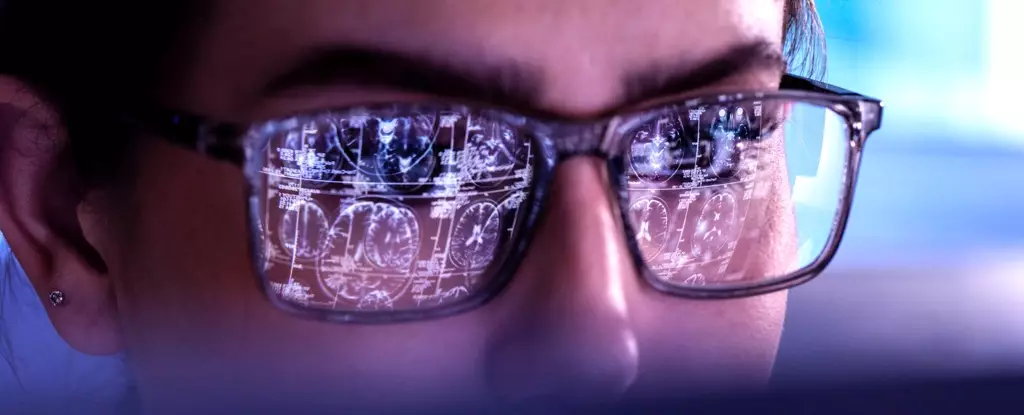The advent of generative artificial intelligence (GenAI) marks a transformative moment in the realm of healthcare, providing doctors and practitioners with innovative tools that could potentially reshape clinical practices. A recent survey reveals that about one in five doctors in the UK have begun integrating GenAI tools, such as OpenAI’s ChatGPT and Google’s Gemini, into their daily routines. These technologies assist in various tasks, including generating patient documentation, facilitating clinical decisions, and crafting patient-friendly discharge summaries and treatment outlines. While the enthusiasm for incorporating such technologies into healthcare systems is palpable, the implications for patient safety and the overall efficacy of GenAI tools warrant critical examination.
Despite the promise shown by GenAI, several concerns arise regarding its suitability for widespread use in healthcare environments. Unlike traditional AI applications, which are often tailored to perform specific tasks—such as analyzing medical images—GenAI relies on foundation models that possess broad and general capabilities. These technologies can generate text, audio, or visual content without being precisely tailored for clinical applications, leading to uncertainty about their safe use in healthcare settings.
One of the primary difficulties lies in the propensity for GenAI “hallucinations.” This term denotes outputs that, although plausible sounding, may be inaccurate or unfounded—especially in contexts revolving around patient health. For instance, a GenAI tool could generate a consultation summary that inaccurately represents a patient’s symptoms. Given that the functionality of GenAI is predicated on likelihood rather than a nuanced comprehension of medical knowledge, there exists a tangible risk of misinformation infiltrating medical records, which could potentially jeopardize patient safety.
To illustrate the hazards associated with hallucinations produced by GenAI, consider a scenario wherein an AI tool documents a patient’s consultation. Although this could enhance efficiency by allowing healthcare providers to focus more on the patient and less on paperwork, it simultaneously opens the door for critical inaccuracies. GenAI might, for instance, misrepresent the seriousness of symptoms or even introduce ailments that the patient did not express. Such inaccuracies, especially in a fragmented healthcare system where continuity of care may be compromised, could lead to misdiagnosis or inappropriate treatment paths.
While researchers are undeniably making strides toward minimizing the incidence of these hallucinations, the unpredictability of GenAI tools—fueled by constant updates and expansions of their capabilities—presents a challenge to regulatory frameworks designed to safeguard patient health.
Moreover, the successful deployment of GenAI hinges not only on technology but also on the sociocultural dynamics at play within healthcare settings. Patient interactions with GenAI tools must be understood through a lens that considers various factors, such as digital literacy, language barriers, and individual patient comfort with technology. If GenAI systems are not designed with these socio-contextual elements in mind, their application could inadvertently marginalize certain groups of patients, compounding existing disparities within healthcare systems.
For instance, GenAI conversational agents intended for triaging may be effective for some individuals but could deter engagement for those with lower digital literacy or non-English speaking backgrounds. The challenge lies in ensuring these technologies promote inclusivity rather than create further barriers. Consequently, while GenAI might demonstrate impressive functionality in controlled settings, real-world applications could yield dramatically different outcomes based on patient interactions and system dynamics.
Despite the myriad challenges posed by GenAI, the potential benefits it offers cannot be overstated. The technology has the capacity to enhance clinical efficiency, reduce administrative burdens, and ultimately improve patient care. However, before GenAI can find a substantial footing in everyday medical practice, a rigorous framework for safety assurance must be established. Developers and regulatory bodies ought to collaborate closely with healthcare practitioners to tailor GenAI tools that are effective, reliable, and safe for real-world applications.
While generative AI presents transformative prospects for healthcare, the associated risks—particularly concerning patient safety and precision of information—demand a cautious approach. The healthcare sector must prioritize comprehensive safety protocols and foster active collaboration among developers, practitioners, and regulators to ensure that the promise of AI technology is realized without compromising patient care. Only by cultivating an environment that accommodates both innovation and safety can the healthcare industry truly benefit from the exciting advancements in artificial intelligence.


Leave a Reply